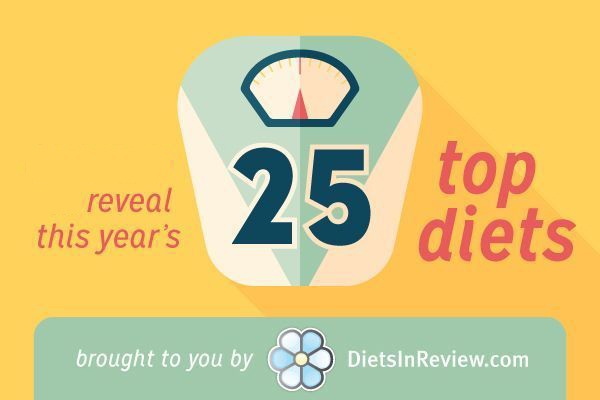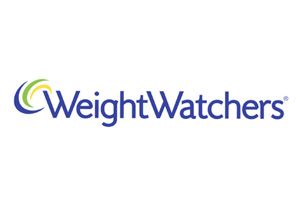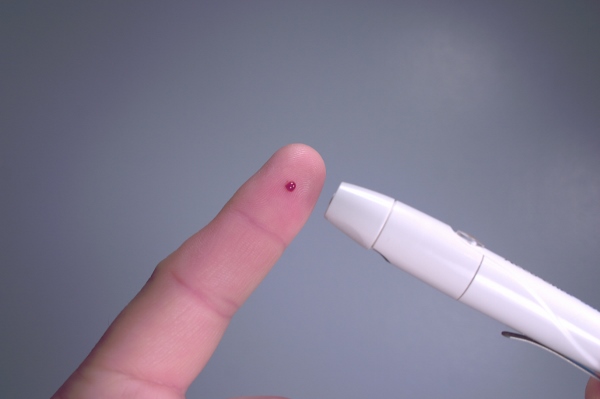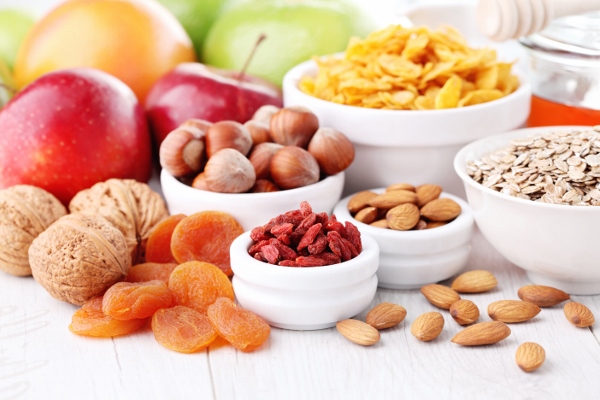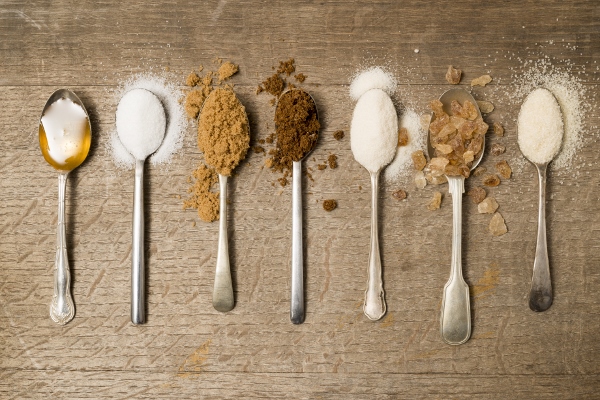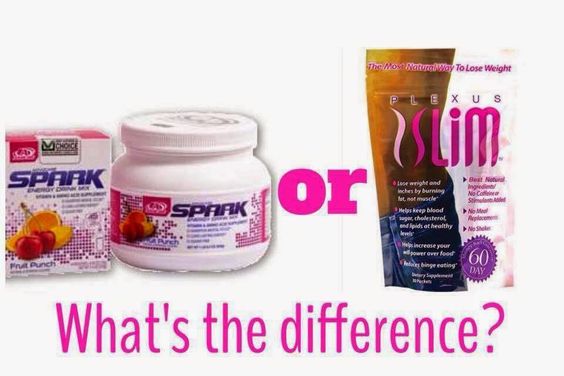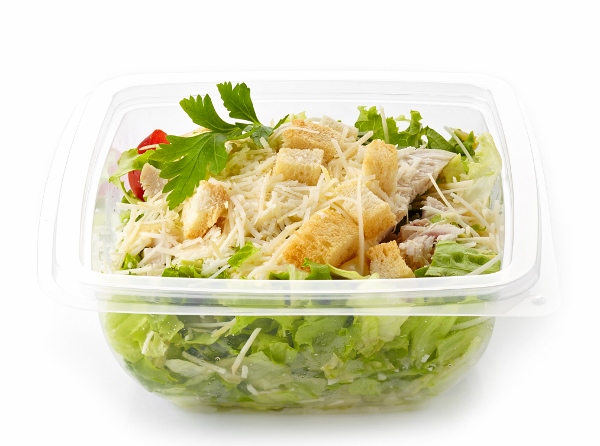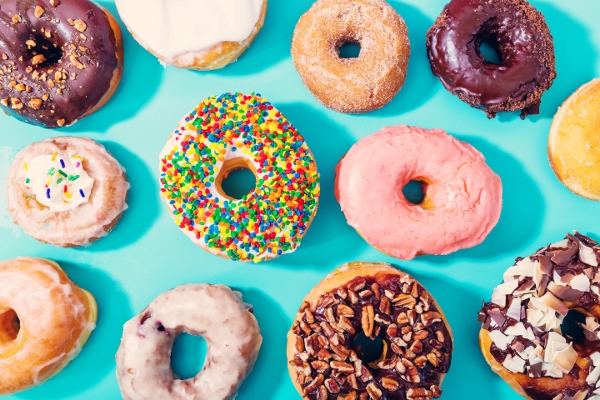
Quality over quantity? Not with flexible dieting.
Also referred to as IIFYM (If It Fits Your Macros), flexible dieting is a nutrition plan originally followed by bodybuilders and fitness competitors that allows you to eat whatever you want and not have it effect your body composition or performance, as long as it fits into your daily calorie and macro needs. Example: Can I eat this slice of pizza? Sure, if it fits your macros (get it?)
Let us explain: IIFYM is based on the principle of “calories in, calories out” combined with the idea that eating the exact ratio of macronutrients (carbs, protein and fat) for your body, regardless of their source, will not cause you to gain weight or body fat. As long as you don’t exceed your total caloric and macronutrient ranges for the day, you can eat virtually whatever you want.
Flexible dieting is essentially the opposite of clean eating, which emphasizes eating healthy, quality foods over the quantity of them. Flexible dieting, on the other hand, puts strict parameters on how much you can eat, but what you eat is up to you. Those who struggle with strict diets think flexible dieting is a miracle, while strict dieters feel it’s simply a way to justify eating junk food, which serves nothing in terms of health.
To quickly answer your question: flexible dieting works. Some of the most shredded physiques follow the IIFYM way of eating and they are doing photoshoots and taking home trophies year round. However, it’s important to remember a low body fat percentage does not equal a healthy body. Eating a diet high in junk food and low in nutrient dense foods will have negative effects on your health, even if it doesn’t effect your waistline.
(more…)

